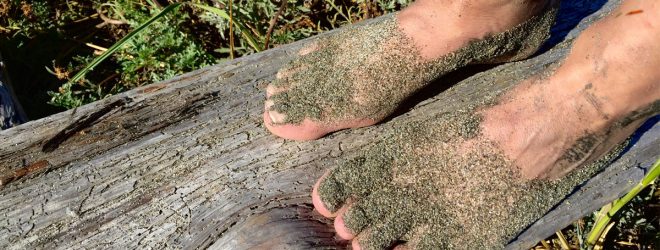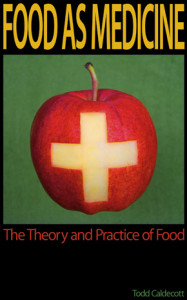For most people living in northern latitudes, summer is a time to really get the most out of life. With the bright sun it’s easy to replete your diminished stores of vitamin D3, as well as take advantage of the other healing benefits the sun’s rays have when we are exposed to them in moderation. Summertime means it’s easier to be outside more often, and so we are more physically active, removing us from the indoor environment which in modern times means a much higher exposure to environmental toxins, released from building materials, paint, carpets, furniture, and electrical equipment such as computers and television monitors. Being active, along with fresh air and sunshine, are surely among the most important ingredients for a healthy life. Although exercise is important, I think people tend to be a little too active in the summer, and just like northerners tend to underestimate the power of the sun during summer and get routinely burned, they also don’t quite understand the risks … [Read more...]
How to make a cold infusion
A cold infusion is used in preference to hot infusions in order to preserve heat-labile constituents in the final preparation, such as volatile oils, that would be evaporated off with heat. Cold infusions are prepared by macerating 1 part herb (in grams) in 20 parts cool water (in millilitres). The most common method is to place the coarsely ground herb in cheesecloth and suspend it in water and let it sit overnight. In the morning the herb is squeezed out through the cheesecloth, and the resultant preparation is consumed that day. Equipment and supplies mason jar and lid cheesecloth cold or tepid water herb Examples of plants best prepared as cold infusions Agropyron (Couchgrass) rhizome Althaea (Marshmallow) root Fucus spp. (Bladderwrack) and other medicinal seaweeds, whole plant Hyssopus (Hyssop) flowering tops Marrubium (Horehound) tops Mentha spp (and the Lamiaceae generally) herb Tabebuia (Pau d'Arco) tree bark Ulmus fulva (Slippery Elm) In … [Read more...]






